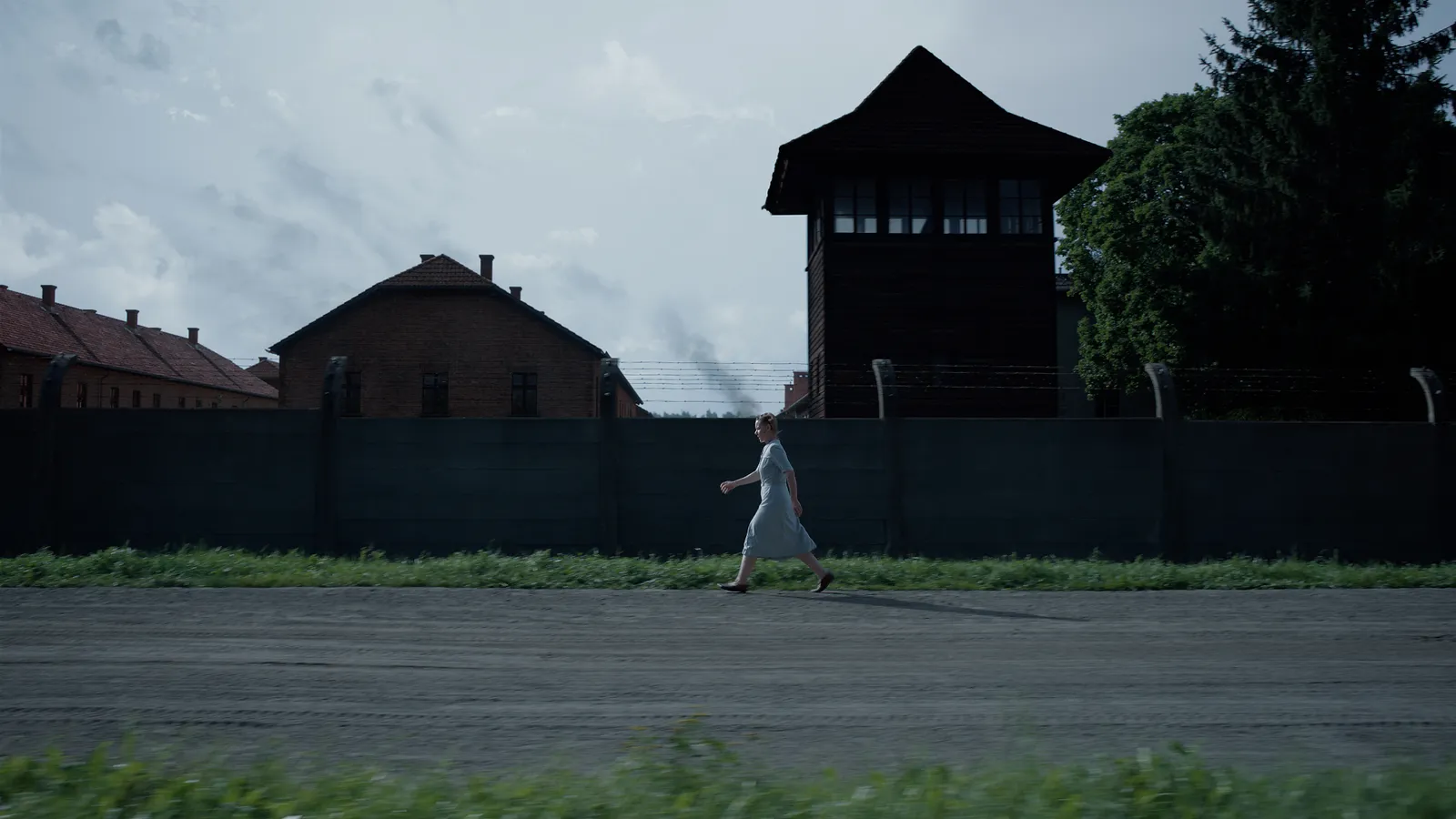Films on such dark matter subjects raise the question of how well these films even capture the gravity of these events. Directors and screenwriters must make these pieces of art with a coherent intention; tread lightly or thrust the audience into the horrors. Each piece of art’s intent could be made murky if each nuance isn’t handled with the utmost care.
The Zone of Interest captures Rudolph Höss’s domestic life while at Auschwitz. A wife and mother who tends to their garden and children. Three children to raise as models of the party. Höss must juggle the balance between his work and his family life, ensuring to keep his family happy whilst aiming for promotions and combating away movements.
The vast majority of this film centres around the Hoss family. Their domestic life of picnics in the Polish fields, fishing in the nearby rivers, playing in the garden. The mother, Hedwig, idly gossips in the kitchen with other German women drinking coffee. The grandmother visits and laments how Hedwig has landed well on her two feet.
In almost every scene, you hear the industrial slaughter that is Auschwitz. The haunting camp buildings stand close to their garden, almost overseeing this mundane family life. Screams, cries, and gunshots can be heard during garden parties and idle walks. Their gardener spreads ashes on flower beds as fertiliser as a loud industrial whirring sound signals the fate of the many prisoners across the wall.
One of the greatest achievements of this film is the sound design. The film begins with 6 minutes of a black screen accompanied by industrial factory noises that seemingly blend into screaming cries of agony. This same sound can be heard throughout select scenes in the film, making you sick in disgust and painfully aware of the unavoidable torture.
Glazer arrests the viewer in each of these scenes. The jaunting juxtaposition of family life in the Polish countryside while The Holocaust is acted out on the other side of the wall continues to none of their inconvenience, is harrowing. Each family member continues their easy family life in the face of extreme evil. Their seemingly boring lives are marked by the horrors in which they continue to live unphased.
The film also holds elusive scenes where we only see slithers of the camp at night. A girl is ordered by Hoss to drop apples in specific places that are overpowered by chilling reverberating noises. The composition of almost all shots is extremely balanced and rarely off-centre – almost ascribing a fascist quality to the scenes themselves.
As we follow Hoss and his family throughout their innocuous lives, we never see any direct scenes of what happens at Auschwitz. As if Glazer says that evil doesn’t have to look you in the eye to witness it; to be surrounded by it. The evils and exploitation happen all around you, just out of sight.
However, in more intellectual discourse, creating films on The Holocaust can be heavily debated. Claude Lanzmann, renowned maker of “Shoah”, states that any form of fiction is ultimately transgression, and that “a certain absolute kind of horror cannot be conveyed”. Adorno also states that “there is no poetry after the Holocaust” and that art after Auschwitz is “barbaric”.
This makes any fictional story of the Holocaust a trivialization of the subject. Though, we must face these uncomfortable subjects head-on if we want to process and understand them. Glazer’s approach to this is a simple one, and one that can be used to draw parallels to what’s happening today.
